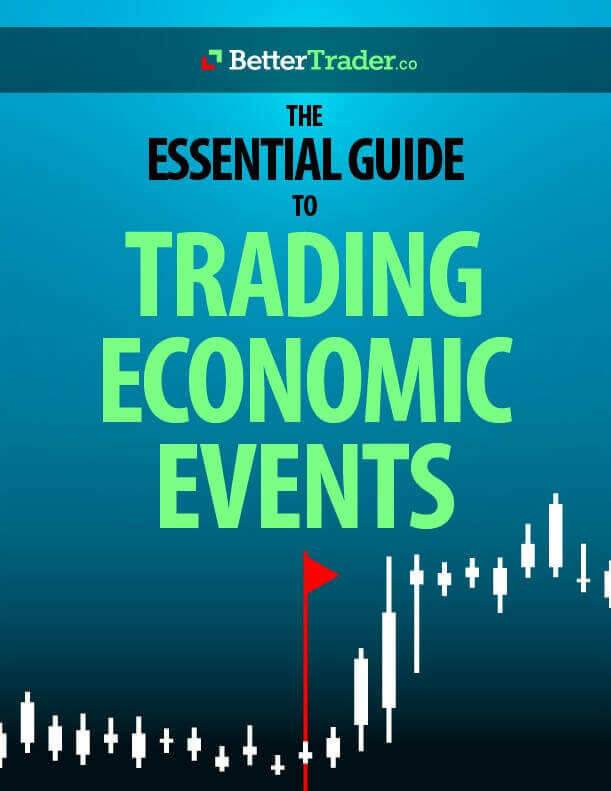Where is the opportunity? Which markets offer the best odds?

Two traders that get the same decision, let’s say BUY EURUSD, could end up with different results. One can end up with a very good profit, and the other can end up reaching his stop loss and losing a significant amount of money. But how? And why? They both took the same trade. Ah, but this moment was just the beginning of the most important part of the game, the execution.
Many traders just buy and then hope, either getting out on the stop, or the profit if they are lucky. That is not enough – that’s part of the reason that so many traders lose money.
We also know that in 9 out of 11 similar situations, the S&P 500 was on an uptrend with a negative unemployment rate. That is very useful to know before unemployment is released. This means we can focus on trading the S&P 500 instead of another instrument that has shown less consistent behavior after this release.
A question we have to ask is what is a reasonable stop loss for this kind of trade? What is a reasonable profit target? Should we expect 20 ticks or should we expect 100 ticks? 0.25% or 1%? How many times have you seen the market going the right way and then reverse, forcing you to close your trade at break even? With BetterTrader, we can determine what is a reasonable stop loss and what is a reasonable profit target. We can also gauge the expected volatility and trade duration.

S&P 500 and Unemployment rate
Macroeconomic events can greatly impact the market. Whether unemployment increases or decreases, a lot of traders will act on the new information entering the market. This leads to uncertainty.
We can use the chart to see how the S&P’s volatility will be affected after the release of a new event. In the chart below, after the Unemployment Rate release, we can see that volatility is not high and there is a smooth trend. This means we can set a small stop loss.

Here you could imagine having a small stop loss. In other events and with different instruments you can see that what is a reasonable stop loss for you.
Volatility - S&P 500 vs. EURUSD
S&P 500 volatility after an Unemployment rate release is 1.39 times more than average, and EURUSD is 4.19 times above average.

In this case, many traders would consider EURUSD too volatile to trade. It’s important to be prepared so you can make an informed decision when the news occurs.


